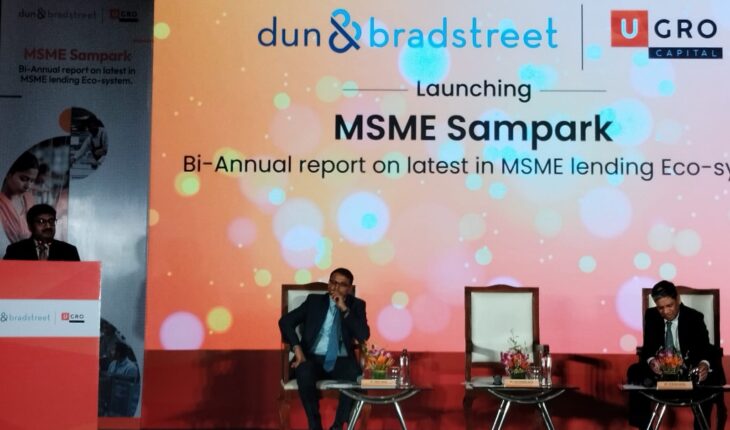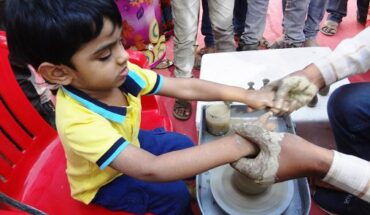Mumbai: “India aims to be a US$30 Trillion economy by 2047 – roughly 8x increase in two decades – and, with MSMEs contributing to nearly a third of India’s GDP, it is imperative that MSMEs scale up significantly and quickly, necessitating estimated US$ 11.5 Trillion financing required in fixed assets,” according to Avinash Gupta, MD&CEO—Dun & Bradstreet.
Gupta was speaking here recently at the release of “MSME Sampark—Bi-Annual report” — on the latest in the +MSME Lending EcoSystem+ — jointly produced by Dun & Bradstreet (a leading global provider of business decisioning data and analytics) and UGRO Capital (a Data Lending platform).
With rising credit penetration highlighting the lenders’ confidence in MSMEs, business optimism of the MSMEs has soared to the highest level since 2022, Gupta said while describing this sector’s problems as: credibility, obtaining finance, new clients and market, and digitalization.
Pointing out that of the 270 million business entities globally, 264 million are MSMEs and all are seeking solution to the problems including inflation — that is transitory but now out of control – though India remained safe with its MSMEs “Jugaad’ witnessing its resilience being “at the highest order in this moment of time.”
Arun Singh, Chief Global Economist, D&B, said “India is the fastest, largest economy on earth and has business resilience and cash flow with the ‘world’s highest growth trajectory’.”
“Investment plans are looking +vibrant+ in India,” he said while noting that despite geopolitical concerns and affected exports, the highest optimism prevails among small businesses for demand and profitability in Q4 2023 since Q2, 2022.
The report reveals post-pandemic India being one of the fastest-growing major economies with its real gross domestic product (GDP) at constant prices (2011-12) growing by a ‘faster-than-expected’ 7.6% in 2023’s July-September quarter.
The report studied 25,000+ MSMEs over three years and noted “post-pandemic highlighted good recovery in smaller entities with 77% customers showing resumption of activity in the first year and over 68% having over 10% Y-o-Y sales growth in second year.”
“The resulting risk levels falling and delinquency rates improving in the MSME segment is improving their prospects of borrowing, resulting in increased credit growth and share of credit disbursed to them by Scheduled Commercial Banks (SCBs) and non-banking finance companies (NBFCs),” the report stated.
“MSMEs are increasingly realizing that to grow, getting formal recognition is vital to their receiving credit from formal institutions (banks and NBFCs), and various benefits offered by ongoing and future government schemes,” the Report stated, while noting that since the inception of UDYAM in 2020, MSME registrations on the platform have increased 2.4 times, besides also generating 1.6 times more employment opportunities by FY23.
India’s credit penetration of 52% is the ‘lowest’ among its Asian peers: China stands at 185%, South Korea at 175% and Vietnam at 126%. Only Maharashtra, Telangana, Tamil Nadu and Delhi have credit to GSDP ratio penetration above the national average.
However, formal credit penetration to MSMEs is expected to increase as the Government acts proactively towards the formalization of MSMEs. With the various Government policy interventions to increase the productivity and competitiveness of MSMEs through skill development, technology upgradation and market access, they are likely to grow in crucially sustaining the current momentum.
The ticket size of loans by lenders to MSMEs has increased post-COVID-19, while approval rates have fallen – indicating cautiousness after the removal of pandemic relief measures.
Healthy penetration of credit is seen across sectors and geographical footprints across the studied universe of business entities, and smaller entities are seen borrowing more relative to their scale of business.
Maharashtra, Gujarat and New Delhi top the list in the distribution of debt, while Light Engineering, Hospitality and Healthcare are the sectors that attracted the most debt, the report added.




